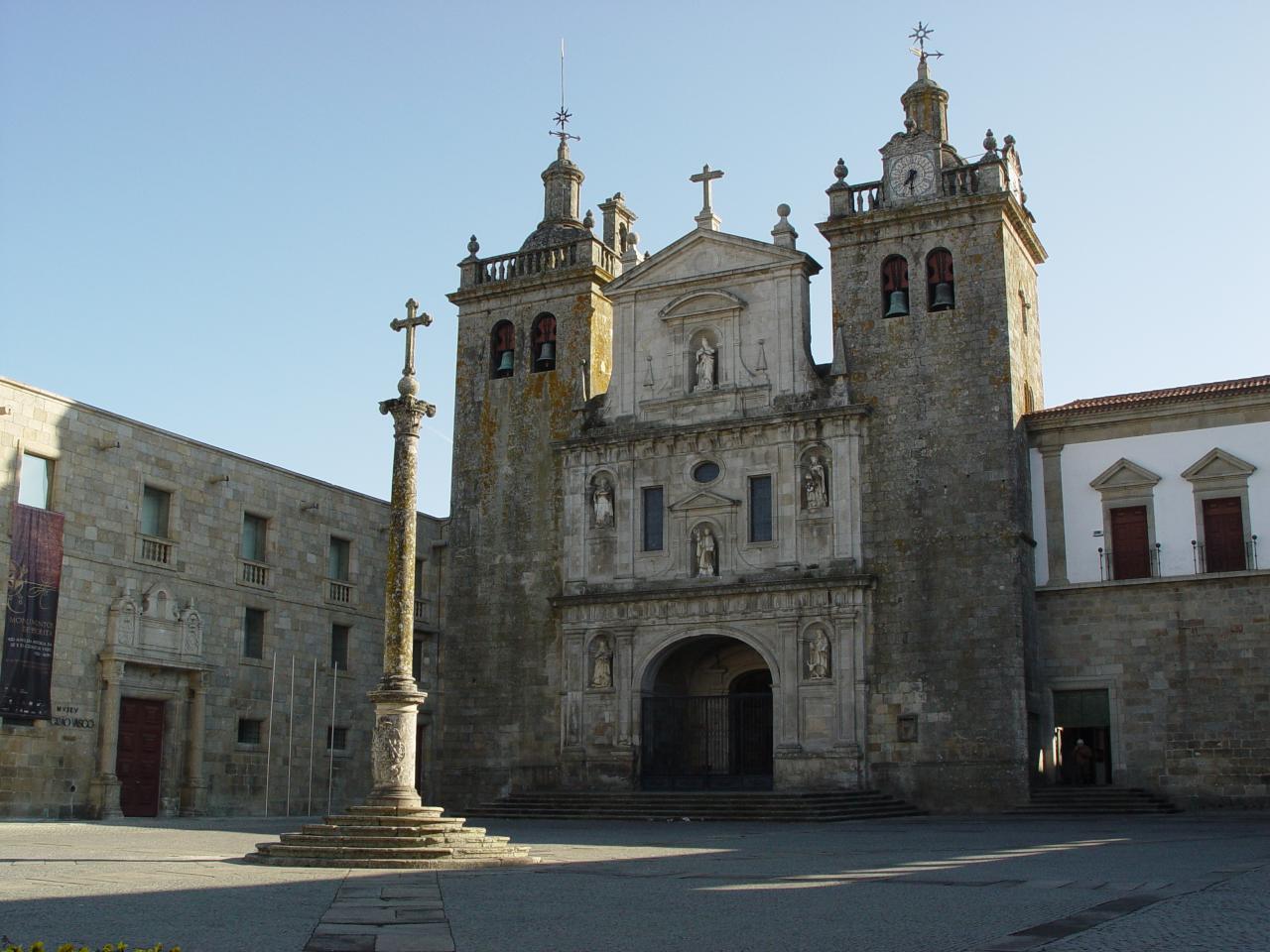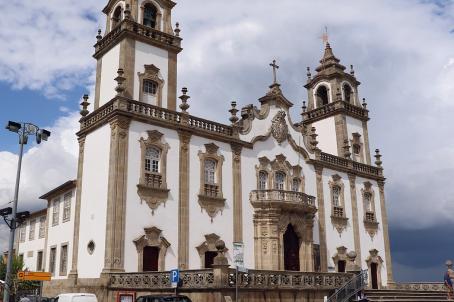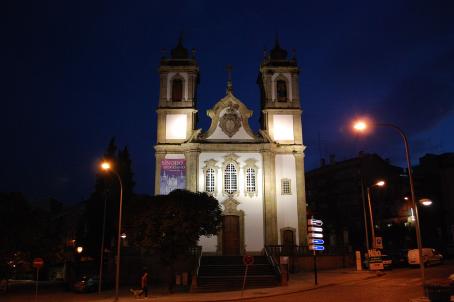Viseu Cathedral
Viseu Cathedral began to take shape in the 12th century as a Romanesque building. The current Gothic cathedral, whose construction began in the 13th century, followed the lines of the original Romanesque building, thus endorsing a Romanesque, rather than Gothic, style that is typically spacious. In the Manueline period, the cathedral of Viseu interventions were undertaken inside and in the cloister. In the 17th century, the façade fell down and had to be repaired, and the choir was also renovated.






